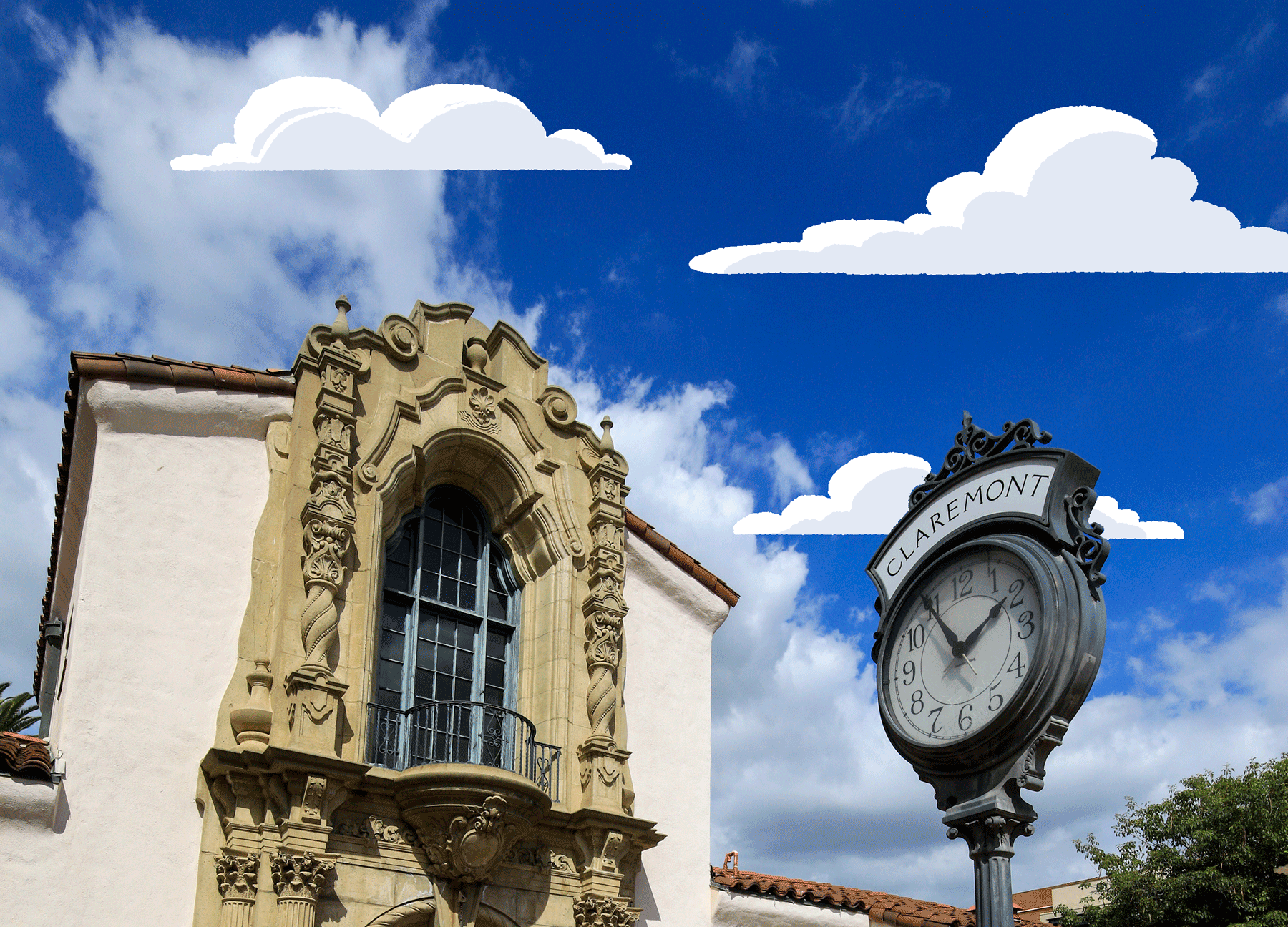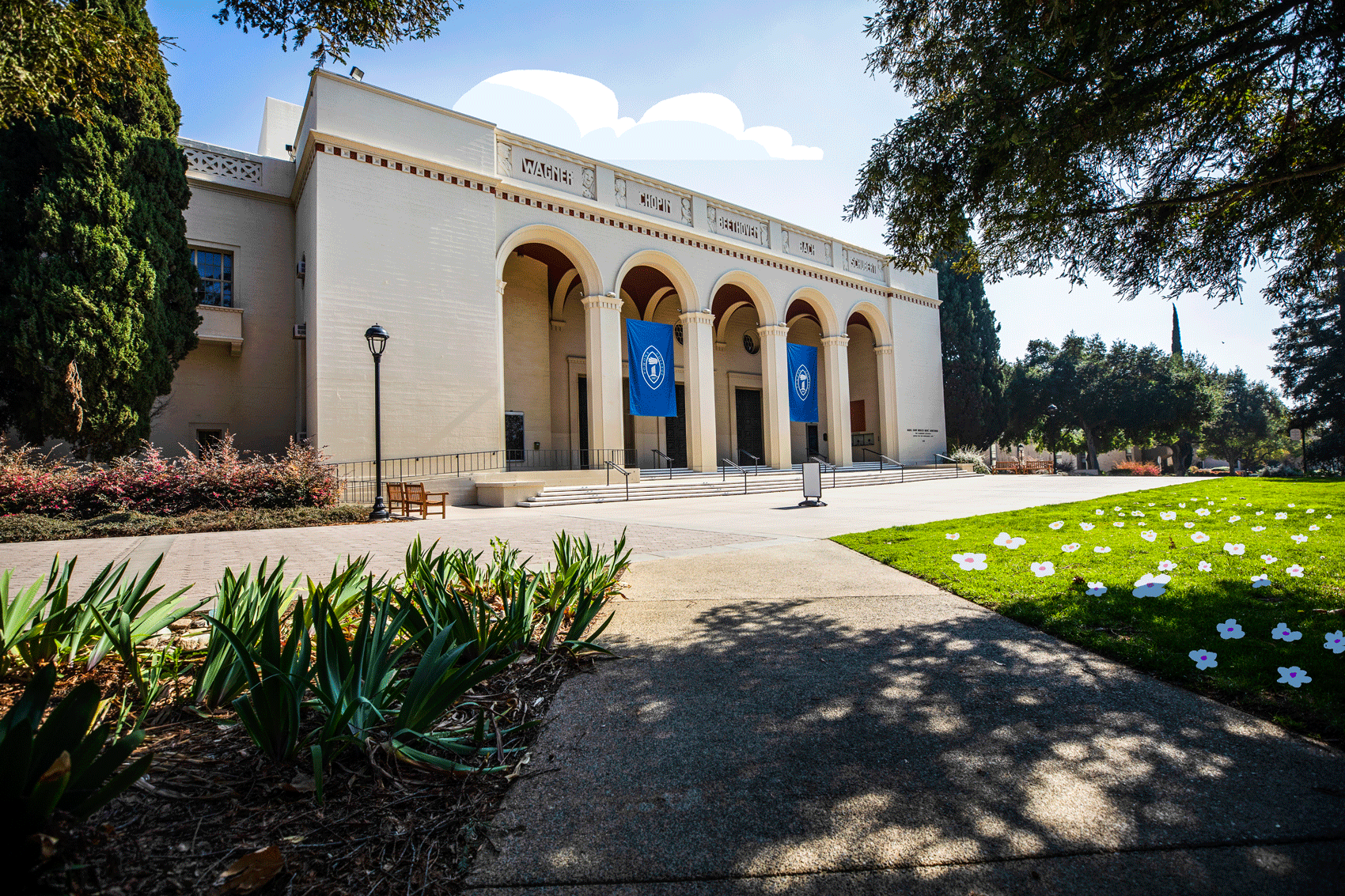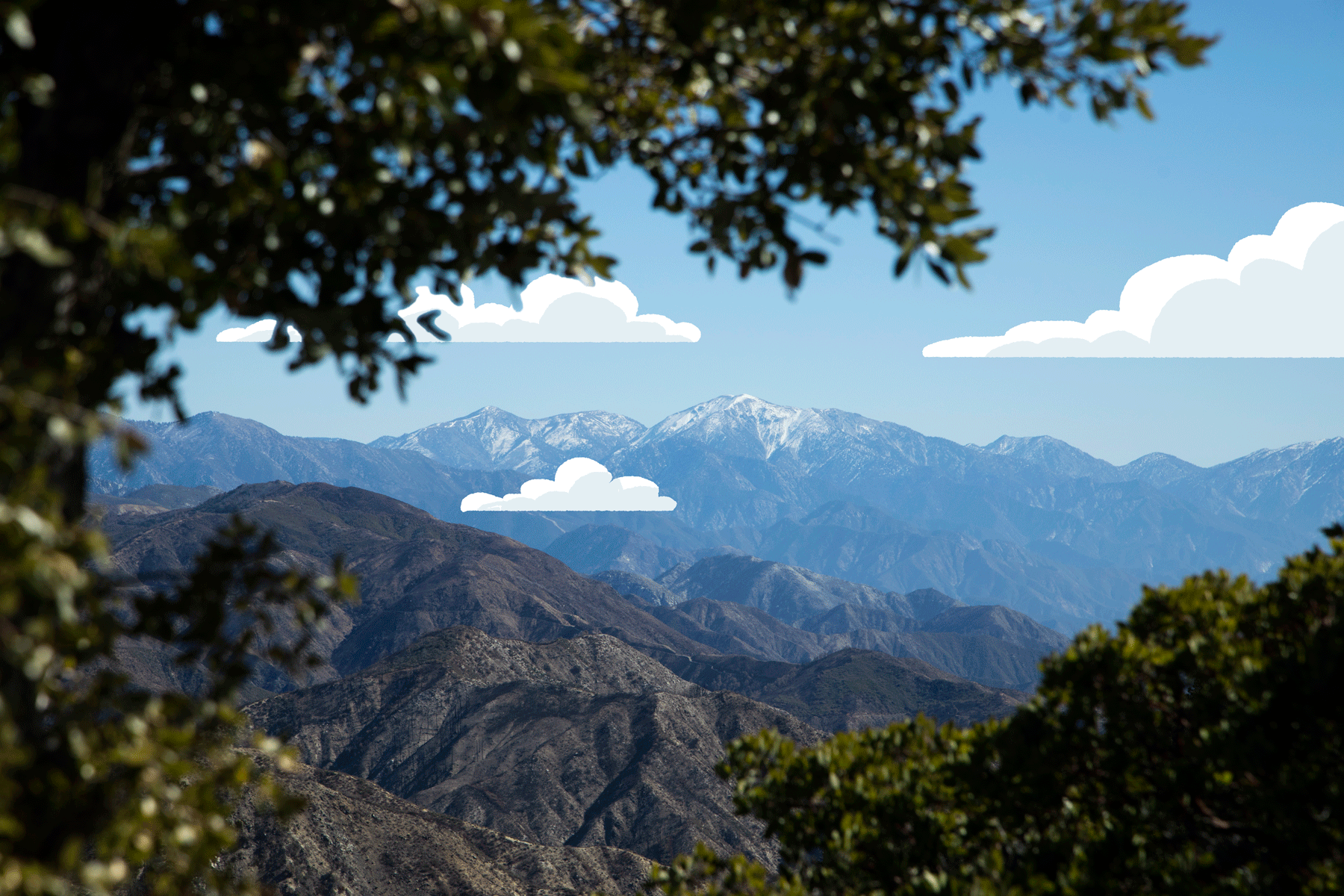This college town, less than an hour’s drive from L.A., makes for a perfect day trip

- Share via
Good morning, fellow Escapists.
Maybe it’s the hazy memory of school bus rides, or piling into a friend’s car at 7:15 a.m. to get to homeroom on time, or that first long, nervous ride to college with a plastic shower caddy poking me in the ribs.
Whatever the reason, back-to-school season always feels linked to travel in my mind.
My colleague Christopher Reynolds, who happens to have a daughter heading off to college this year, recently rounded up a list of the nine best college towns in California.
Each is a travel destination in its own right — and one is a perfect day trip for Angelenos.
Just 30 miles from downtown Los Angeles, Claremont is home to a consortium of five undergraduate colleges and two graduate schools, more than 20,000 trees and so much more.
That “so much more” includes its famous Packing House — worth a newsletter edition in itself — as well as fossils, folk music and a very photogenic train station.
But before we travel east to Claremont, let’s direct our gaze west to the coastline.
Earlier this summer, a reader sent me a helpful tool for planning beach adventures: the California Coastal Records Project. Made up of more than 96,000 photographs, it offers a continuous aerial view of the entire California coast, apart from Vandenberg Air Force Base. Use it to get a better look at what to expect on your next visit to a new beach.
Do you have a travel recommendation you’d like to share with fellow readers? As always, my inbox is open.
Get inspired to get away.
Explore California, the West and beyond with the weekly Escapes newsletter.
You may occasionally receive promotional content from the Los Angeles Times.
🎵 Hear live music at the Folk Music Center
The Folk Music Center started out in the back of Boots Beer’s Real Estate Office on Harvard Avenue in Claremont. It was 1958, and Charles and Dorothy Chase needed a place where they could celebrate the instruments and records they loved so dearly.
It wasn’t long before Dorothy was teaching hundreds of kids and adults to play guitar, banjo and other folk instruments, while Charles focused on instrument repair.
Today, the center is owned by Charles and Dorothy’s grandson, Grammy-winning artist Ben Harper. It’s a family affair; his mom, Ellen Harper, manages day-to-day operations (Ellen served as one of Reynolds’ “local guides” in his guide to California college towns).
“It could never be a normal upbringing in a place like this,” Ben Harper told Steve Appleford, a former features editor for Times Community News, in 2014. “It’s an oddity that has produced the last 20-some years of my adult life making music. Not only musically but the principles of this place — its music, its art, its poetry, its politics, its spirituality.”
The Folk Music Center is home to hundreds of hard-to-find musical instruments and items from around the globe. Time your visit to Claremont to coincide with one of the center’s open-mic nights, which take place on the last Sunday of every month, Reynolds reports.
“If you want to drop names, Phoebe Bridgers got her start here at our open mic. Not that long ago,” Ellen Harper told Reynolds.

🦕 See fossils, dinosaur footprints and more on a high school campus
On a visit to Claremont, take time to stroll the campus of one or two of its colleges. Ellen Harper (mentioned above) recommends the “lovely grounds” of Scripps College, as well as the John R. Rodman Arboretum at Pitzer College.
But Claremont’s colleges aren’t the only academic institutions worth visiting while in town. “The private Webb Schools have their own Raymond M. Alf Museum of Paleontology, the only nationally accredited museum in the country located on a high school campus,” Times features writer Jeannette Marantos reported in 2019.
Since the 1930s, Webb students have taken fossil-collecting trips — and during the 1960s, a museum was created to house their finds. Visitors to the museum today can see highlights such as the Hall of Footprints, which houses an impressive fossil track and trackway collection. It includes a trackway (or sequence of tracks from one organism) from a “bear-dog” carnivore, and dinosaur tracks from Arizona and Utah and beyond. Windows in the walls allow visitors to peek into a fossil preparation lab, a collections storage room and more.
The museum is open 10 a.m. to 4 p.m. Wednesday through Saturday. Can’t make it there in person? You can take a virtual tour using this link.

🏘️ Go on a scavenger hunt for Claremont’s architectural gems
Love visiting open houses on the weekends? You’ll get much the same thrill out of this architectural driving tour of Claremont.
Claremont is a wonderland of Victorian, Spanish Colonial Revival and Craftsman buildings, Times contributor Sharon Boorstin reported last year. She mapped out a path that takes travelers and locals past some of its most notable and aesthetically pleasing spots.
The city’s “Victorian Row” includes the impossible-to-miss Sumner House, one of the oldest houses in Claremont. “A classic Victorian, the house features towers, gables and leaded-glass bay windows, elaborate exterior wood ornamentation and a wraparound porch,” Boorstin writes.
Built in Pomona in 1887, the home was transported a mile and a half to Claremont via horse-drawn moving van in 1901, she reported. The journey took six weeks.
Another gem? Claremont Depot, a Spanish Revival-style train station dating back to 1927. “The best place to admire the details — gabled red tile roof, Moorish arches, elaborate concrete Churrigueresque trim — is from the side that faces the tracks,” Boorstin suggests.
While you’re there, pop into the Claremont Lewis Museum of Art housed in the depot. Not sure you want to drive to Claremont? You can also travel to the station via Metrolink train.
Enjoying this newsletter? Consider subscribing to the Los Angeles Times
Your support helps us deliver the news that matters most. Become a subscriber.

🌳 Marvel at Claremont’s many trees — and the tallest peak in L.A. County
They call Claremont “the city of trees and PhDs,” so it’s only right that your next visit include a bit of time in nature. If you need a place to start, keep your eyes peeled for the American elms at Memorial Park and the Eucalyptus trees on College Avenue — and they’re just some of the more than 20,000 trees that grow within the city.
Claremont is also home to both the California Botanic Garden and Claremont Hills Wilderness Park, Reynolds writes.
If you’re looking to break a serious sweat and see some seriously expansive views, you should consider a 20-minute drive north to Mt. Baldy, where you can attempt to summit the tallest peak in Los Angeles County.
Right now is a great time to hike Mt. Baldy. Conditions are usually best between June and October, Mary Forgione reported in The Wild earlier this summer. Weekends at the summit can have a party vibe; don’t be afraid to introduce yourself to fellow hikers while you’re there. Who knows, you might get lucky like Mary did and meet some hiking A-listers.
Hat tip to a Scripps alum for the Mt. Baldy recommendation.
🎸 Road song
”Oak Tree” by Tank and the Bangas. Play it as you try counting Claremont’s scores of trees.
For more inspiration for weekend getaways, check out past editions of Escapes. To see this newsletter in your browser, click here.
Sign up for The Wild
We’ll help you find the best places to hike, bike and run, as well as the perfect silent spots for meditation and yoga.
You may occasionally receive promotional content from the Los Angeles Times.




